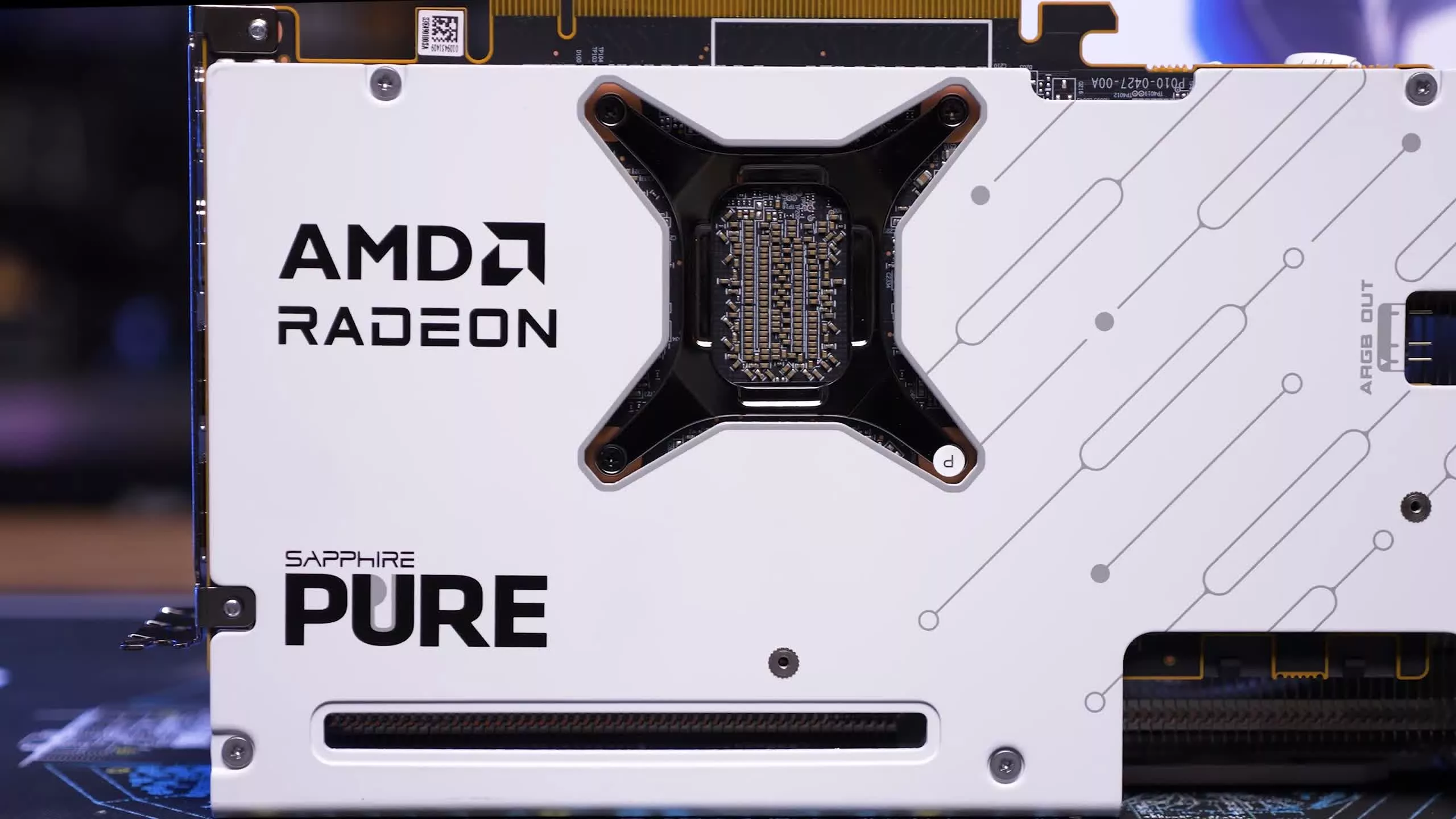In context: Previous generations of AMD graphics cards have lagged behind Nvidia's in ray tracing performance, but Team Red's most recent Radeon RX 9000 GPUs have made significant strides in closing the gap. Numerous recent patents suggest the company is only just getting started, with future hardware potentially making ray tracing and path tracing more accessible.

Reddit user MrMPFR's analysis of AMD patents from the past year and a half reveals that the company is serious about treating ray tracing as the future of real-time graphics rendering. While Nvidia has driven most of the technology's progress over the last several years, Team Red might finally be closing the gap – and perhaps even pulling ahead.
In its push to improve ray tracing performance across a wider range of hardware, AMD has filed numerous patents since around January 2023. Over a longer period, it has also hired ray tracing experts from Nvidia, Intel, and academia. A detailed breakdown of AMD's patents indicates the company is aiming for parity with the RT and neural rendering features Nvidia introduced in its recently launched RTX 5000 graphics cards.

AMD may have incorporated some of this newly developed technology into the RDNA 4 architecture used in the Radeon RX 9000 series, which nearly matches the RTX 5000 in ray tracing performance. For example, TechSpot's analysis shows that the RX 9070 XT matches or outperforms the RTX 5070 Ti in most titles.
However, AMD still struggles with the most demanding RT tech in a few games, such as Indiana Jones and the Great Circle, Alan Wake II, and Black Myth Wukong.
If a ray tracing arms race is brewing between AMD and Nvidia, making advanced ray tracing and path tracing features accessible at playable frame rates for average users is likely a key goal.
Also see: Is Ray Tracing Worth the FPS Hit? 36 Game Performance Investigation
Our ray tracing breakdown from last year indicates that Alan Wake II and Wukong are among the few games where ray tracing significantly improves visuals, though fully benefiting from these enhancements still requires spending at least a thousand dollars on a GPU.
AMD's recent work on BVH (bounding volume hierarchy) management, ray traversal, and other features could significantly lower the hardware entry barrier with UDNA, the upcoming successor to RDNA 4. Developing equivalents to Nvidia's technologies – including the massive polygon count boosts from RTX Mega Geometry – could also make these features more attractive to developers.
UDNA is expected to power the next generation of AMD graphics cards, and the graphics chip for Sony's upcoming PlayStation 6 reportedly uses an early version of the architecture. Meanwhile, Nvidia is expected to launch its Rubin architecture in direct competition, though details about its feature set remain scarce.
AMD patents hint at significant ray tracing improvements in future GPU architectures